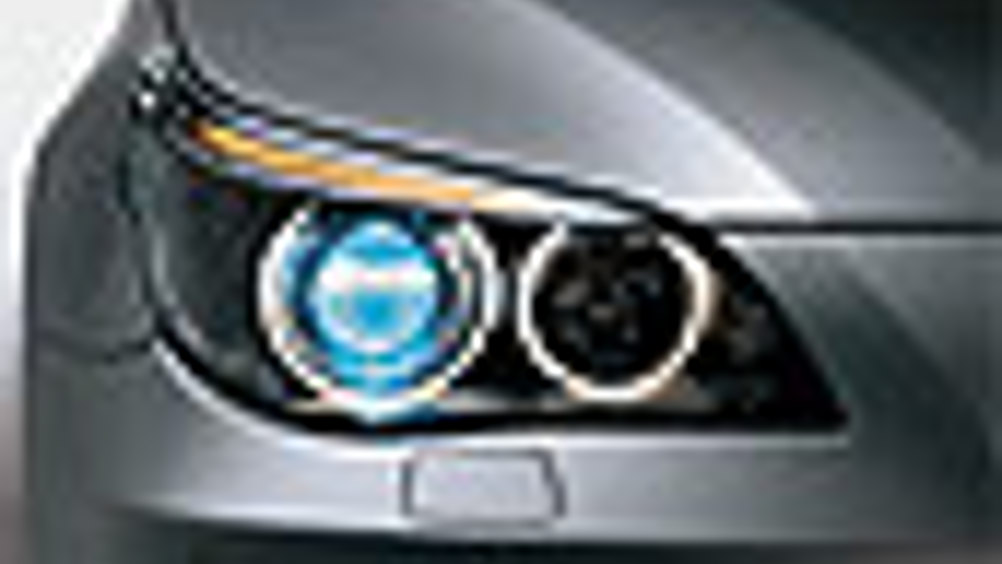Flaw finders
The ever-increasing use of automated inspection technology aims to improve product consistency and ensure fewer quality failures. Colin Carter reports.

To ensure output remains consistent and the end-user benefits from good quality, manufacturers try to ensure that processes conform to tight specifications and products are checked for conformity before they leave the factory.
There are various methods of assessing whether 'product' is within specification or to be rejected, and many of these rely on visual methods where either people or a sensor of some sort automatically decides whether it passes or fails.
The outside of your car is important in terms of what is an acceptable level of surface finish. No-one wants a new vehicle with even fairly small scratches or dents. Manual inspection methods, where lamps are shone on the surface to detect faults, are still common but as in many other fields, technology is taking over.
'reflectControl' vision system, for example, uses deflectometry to compare a reflected image with the surface of an object, such as a car panel. The degree of difference of the reflected image to the real object is a measure of the surface finish on the part.
Register now to continue reading
Thanks for visiting The Engineer. You’ve now reached your monthly limit of news stories. Register for free to unlock unlimited access to all of our news coverage, as well as premium content including opinion, in-depth features and special reports.
Benefits of registering
-
In-depth insights and coverage of key emerging trends
-
Unrestricted access to special reports throughout the year
-
Daily technology news delivered straight to your inbox










UK Automotive Feeling The Pinch Of Skills Shortage
Aside from the main point (already well made by Nick Cole) I found this opinion piece a rather clunking read: • Slippery fish are quite easy to...